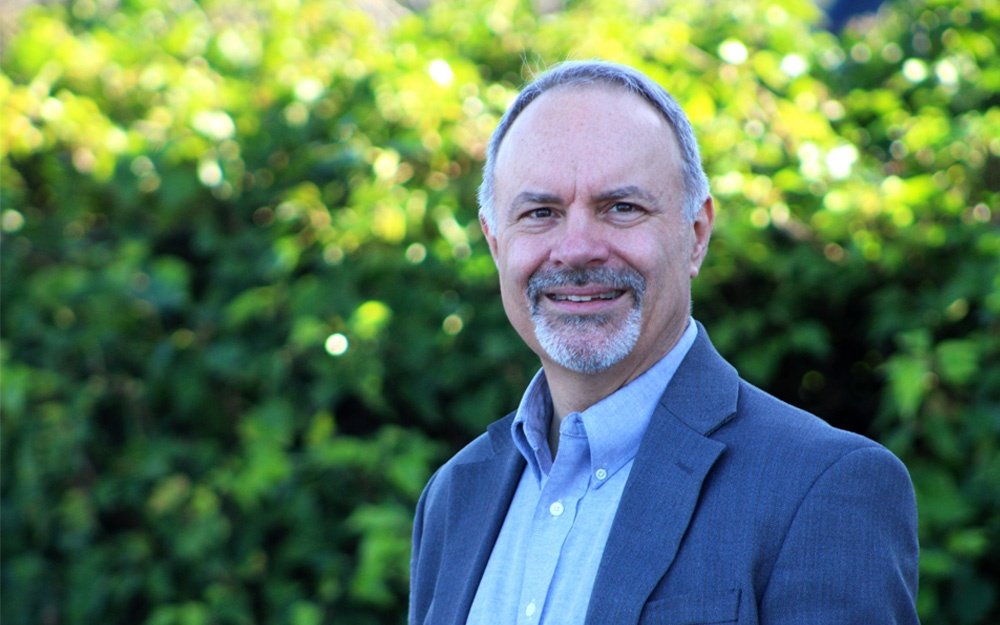CSE Seminar
Realizing the Promise of Autonomy
This event is free and open to the publicAdd to Google Calendar

Zoom Link for the Event:
https://umich.zoom.us/j/91431175312
Abstract:
In this decade, intelligent computing will step out of the cloud to improve the infrastructure of the planet. Cars will safely drive themselves, hospitals will automatically care for patients, and power systems will better use renewables. These new smart systems merge Artificial Intelligence (AI) with real-world pervasive networking. They combine edge devices, cloud computing, and operations centers. Autonomy will impact nearly every industry promising to make smart things that operate the world’s infrastructure…and make it run better.
Autonomous systems run on data. They need information at volume, scale, and speed that far exceeds enterprise designs. A software architecture for autonomy must offer real-time performance, scalability, security, and data availability across the system.
Distributed autonomous systems increasingly rely on a novel concept that designs the systems around the data, rather than around active elements like services or clients. This “data-centric” design offers consistent data access to all components with a common data model.
This talk will review the essential components of autonomous system software design and how they are supported by data centricity and its defining Data Distribution Service (DDS) standard. DDS supports modular software-defined systems with a simple concept: a shared “global data space”. This simply means that all data appears “as if” it lives inside every device and algorithm in local memory, regardless of production or consumption. This is of course an illusion; all data can’t be everywhere. The technology works by keeping track of which application needs what data when, and then delivering that data. So, the data that any application actually needs is present in local memory on time, creating the virtual illusion that all data is everywhere. Applications talk only to the “local” data space, not to each other.
Importantly, DDS controls the flow in and out of this structured memory with Quality of Service (QoS) parameters that specify rate of flow of data, latencies, and reliability. There are no messages, clients, servers, objects, or special locations. Since data-centric applications interact only with the shared distributed memory, they are independent of how other applications are written, where they live, or when they execute. It’s a simple, naturally-parallel software architecture across the entire system.
DDS is deployed in thousands of autonomous systems spanning transportation, energy, aerospace, defense, training, simulation and healthcare. The session will highlight actual autonomous system use cases—from autonomous cars to sustainable salmon farming—that illustrate how the industry is advancing towards higher levels of autonomy.
Biography:
Stan is CEO of Real-Time Innovations (RTI), the world’s largest software framework provider for smart machines and real-world systems. RTI software runs over 1500 designs in Energy, Medical, Automotive, Transportation, Defense, and Industrial Control. These include the largest power plants in North America, the Canadian Air Traffic Control system, NASA’s launch control system, nearly all Navy ships, several medical robots, hospital device networks, wind turbine farms, trains and metro control systems, and over 200 autonomous vehicle designs. RTI has employees in 22 states and 6 countries with major offices in Silicon Valley, Colorado, and Spain. RTI is certified as a Great Place to Work and holds a top 1% rating on Glassdoor.
Stan is a top influencer in the global Industrial IoT, rated #8 by IoTOne in 2017 and #11 by Onalytica in 2020. Stan serves on the advisory board for IoT Solutions World Congress. Embedded Computing Design presented Stan the Top Embedded Innovator Award for 2015. Stan is active in the Silicon Valley Alliance of CEOs. Stan served on the Steering Committee of the Industrial Internet Consortium (IIC) for six years before stepping down in 2020.
Stan has published more than 50 papers in both academic and industry press. He speaks widely at events and conferences on connected medical systems, intelligent transportation, smartgrid, and the role of the DDS and other connectivity standards in autonomy and smart machines.
Before founding RTI, Stan managed a large Stanford robotics laboratory, led an embedded communications software team and built data acquisition systems for automotive impact testing. Stan earned a summa cum laude BS in Applied Math/Physics and an MS Computer Engineering from the University of Michigan. Stan holds a PhD from Stanford in Electrical Engineering and Computer Science with a focus in autonomous systems.
 MENU
MENU 
